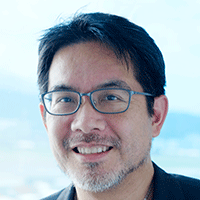Session 2: Aesthetics of Chinese Tall Buildings

Richard Hsuan Lee
Partner
C.Y. Lee & Partners Architects/Planners, Taipei
The concept of aesthetics is central to the creation of art, culture and architecture. While Western aesthetics dominate the world at this time, the rise of the East has led China to re-examine this Eurocentric view. China has been long been a fertile laboratory for foreign architects to create exciting and wild structures, but this explosion has led to an urban landscape littered with tall buildings that have little, if anything to do with the indigenous cultural heritage. This phenomenon has contributed to a prevalent sense of “placelessness” and an artistic schism that plagues Chinese cities and architecture today, and has come under increased scrutiny at both a local and national level.
This dilemma came to the forefront in Taiwan when it envisioned creating a world-class supertall building that would serve as a “coming-out” to the world stage. Instead of employing a foreign architect, they chose to hire a native Chinese architect. Drawing from Chinese aesthetics and sensibilities, the resulting TAIPEI 101 showed that a building could resonate with the indigenous population and culture in a deeply spiritual way, while simultaneously instilling a sense of “place” that roots the building into its context, in a way that no foreign architect could hope to achieve.
Traditional Chinese aesthetic notions inspired the design of TAIPEI 101. By better understanding and applying these concepts, architects can gain insight into designing structures that derive from the local cultural landscape, and which are better suited to an increasingly multicultural and multicentric global market.
